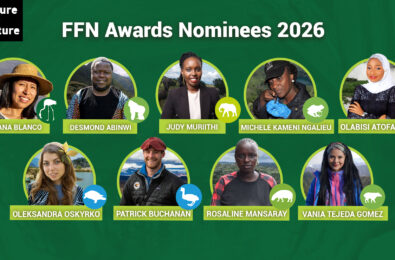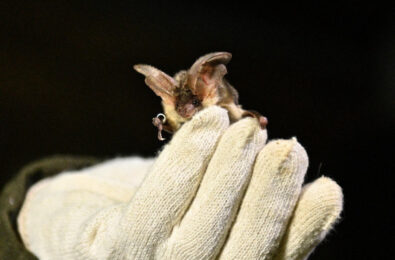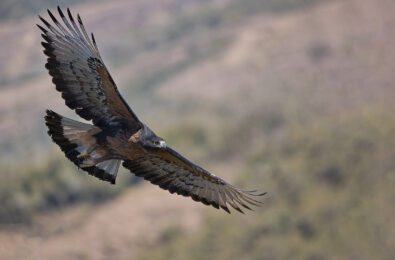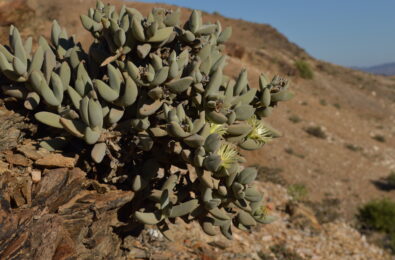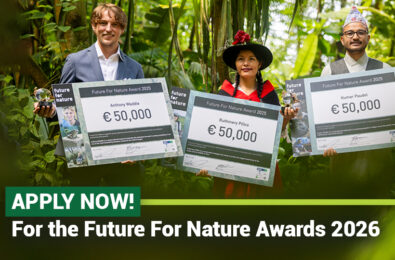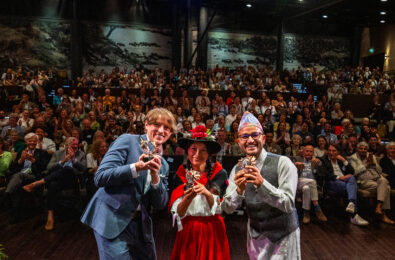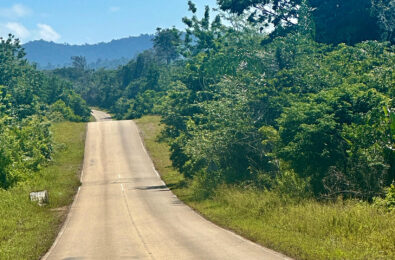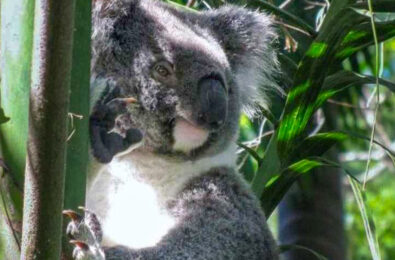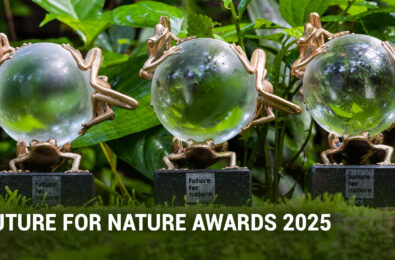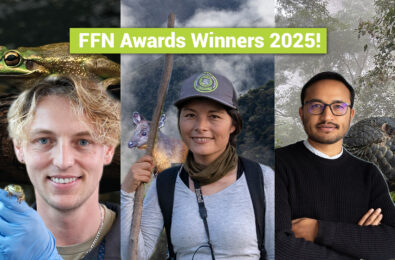Towards effective collaboration for conservation
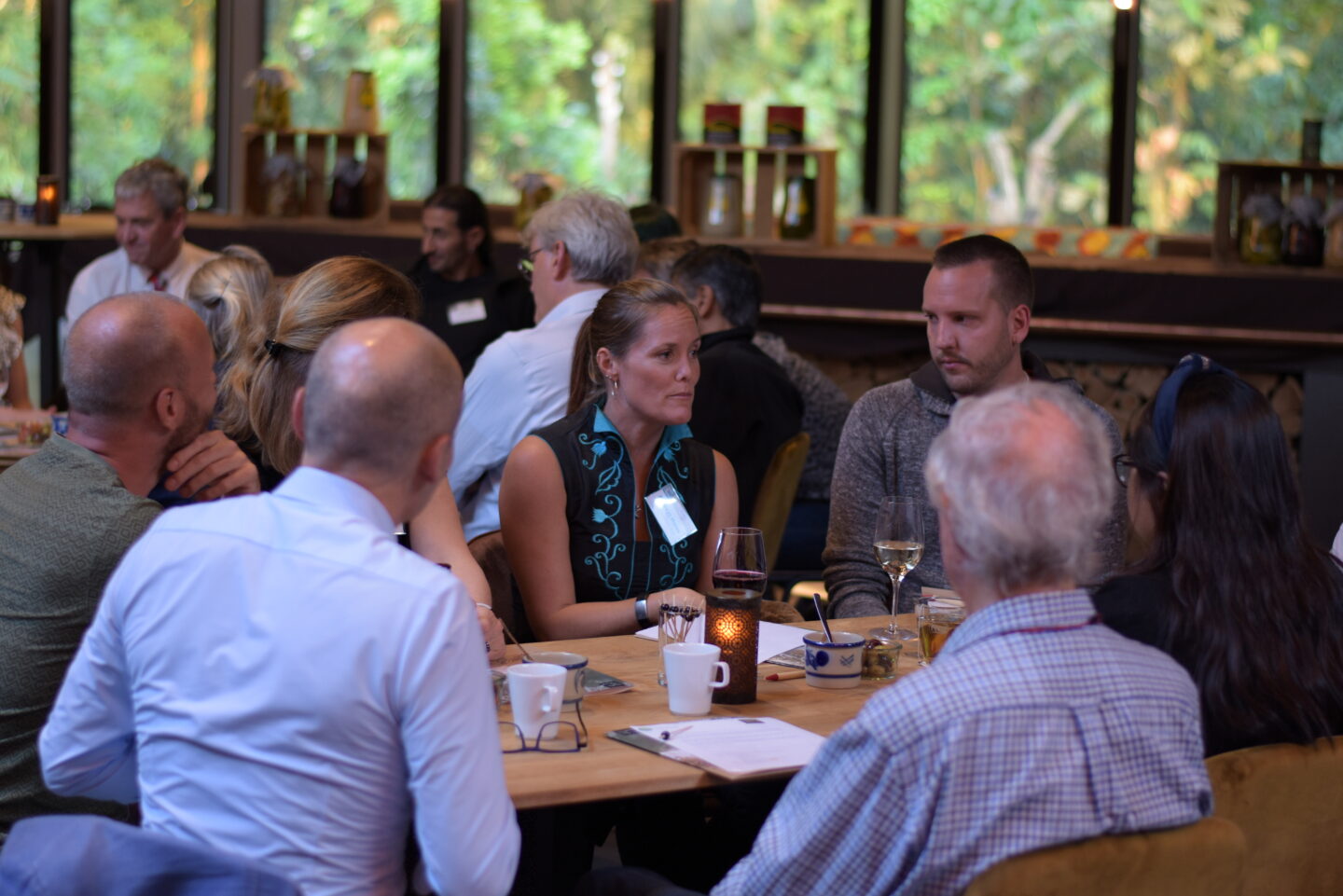
As we all may have experienced, collaboration is not always as easy as we would like it to be. The same goes for collaboration in the field of nature conservation. Studies have shown that collaboration between conservation scientists and practitioners in the field has proved challenging. This has been coined as a so-called “research-implementation” or “knowing-doing” gap. Despite the presence of good-will, initial conversations between academics and conservationists working on animal movement, often do not result in effective conservation. Recently, FFN Award winners Tjalle Boorsma and Bronwyn Maree, and a group of conservation researchers and practitioners joined in on a study lead by FFN director Rascha Nuijten to look at this issue in the context of movement ecology to try to find potential solutions to bridge the gap between science and implementation for the benefit of conservation.
Several movement ecologists and conservation practitioners with experience with tracking data or devices were invited to participate in the study. All had to score a set of scientific papers that used animal tracking data on their scientific and conservation relevance, followed by multiple structured conversations. During these conversations, participants of each group discussed the outcomes of the scoring as well as how they perceived the knowing-doing gap, and potential solutions.
From this study, it seemed both researchers and conservationists are motivated and willing to collaborate. The main problem is the potential for misunderstandings and miscommunications between the two groups, because their motivations differ. Researchers are generally motivated by matters such as publications and scientific curiosity, while conservationists are motivated by contributing to a solution to the rapid loss of species and habitats. In addition, the different timescales at which the people involved work (i.e. peer-review process towars a scientific paper versus immediate action to prevent further loss), can be a cause for mismanaged expectations leading to frustration.
An additional issue that came up was the varying definitions of the conservation relevance of published scientific papers. Some participants only found a particular paper relevant when it was designed to address a conservation issue from the start, and therefore presented results answering an applied research question. Others also perceived a published paper relevant for conservation if a study presented results that potentially would be useful in a conservation context in the future. These views were not linked to one of the two groups of participants (scientists or practitioners).
Potential solutions for improving collaboration between science and practice, and minimising the “knowing-doing gap” were also addressed. For example, it was suggested that it would be helpful if research funders required applicants to think in advance about how they will facilitate the flow of knowledge from research to implementation. Sharing data through open science initiatives and providing plain English summaries (opposed to academic summaries using scientific jargon) would also allow for improved knowledge exchange. Lastly, collaboration and trust-building through open communication in an early phase of a project could be an additional way forward. This means not only communicating about the practical agreements of a collaboration, but also openly talking about motivations, investments, and preferred outputs from the project.
Addressing gaps between conservation science and implementation can improve collaboration and support conservation action to address the global biodiversity crisis more effectively. This study identified where potential issues in collaboration can arise and how they can be solved. A great step in the right direction!






